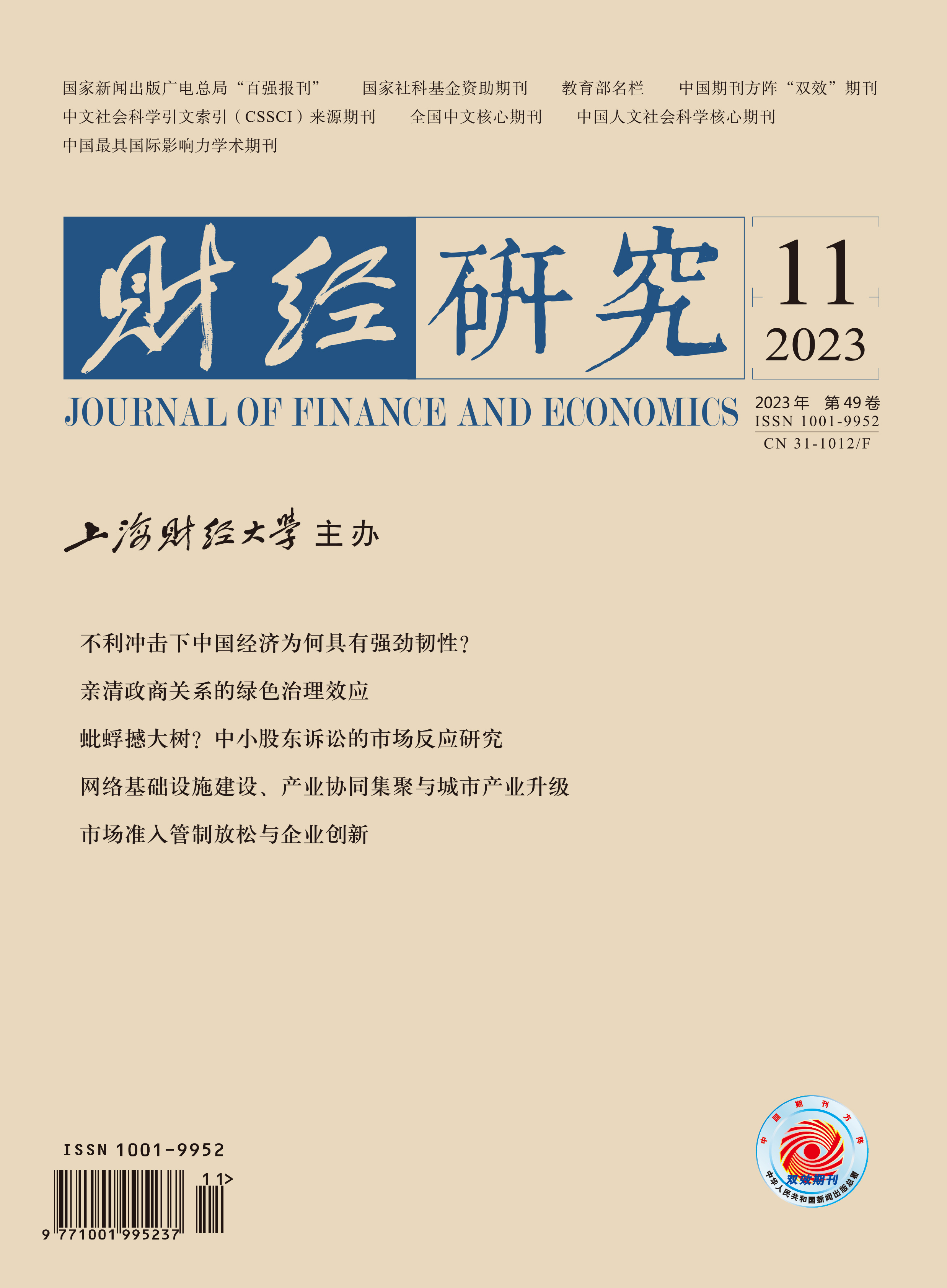Improving the system of income distribution and increasing the proportion of labor remuneration are important aspects of achieving common prosperity. But there are insufficient researches on how common institutional ownership, being increasingly active in the capital market, affects enterprise labor income share. This paper constructs a theoretical framework to analyze the collusive and synergistic effects of common institutional ownership on the changes in enterprise labor income share, and then empirically tests it using the data of Chinese listed companies from 2007 to 2020.
It is found that common institutional ownership contributes to increasing enterprise labor income share. Furthermore, mechanism testing shows that common institutional ownership significantly promotes R&D spillover among portfolio enterprises, including increasing the proportion of R&D staff and highly-educated talents, and optimizing the human capital structure, thereby driving an increase in enterprise labor income share. The study also shows that common institutional ownership increases the number of technicians and decreases that of production workers, which further supports the theoretical logic of synergistic effect and excludes the collusion effect from an industry competition perspective. Considering the different characteristics of enterprises, this paper further explores whether the ownership structure and industry characteristics of enterprises strengthen the positive impact of common institutional ownership on enterprise labor income share. The empirical results show that enterprises, controlled by common institutional investors or belonging to technology-intensive industry, significantly strengthen the positive relation between common institutional ownership and enterprise labor income share.
This paper makes the following contributions: First, it explains the influencing factors of labor income share from a new perspective of collaboration among enterprises in the same industry held by one institutional investor, expanding the relevant literature on enterprise labor income share. Second, from the perspective of employees as the stakeholder in enterprises, it expands the research on joint institutional ownership to the labor market, supplementing the existing literature. Third, it provides new empirical evidence for the current regulation of common institutional ownership in China from the perspective of income distribution.





 5380
5380  7212
7212

